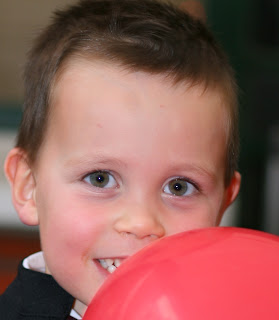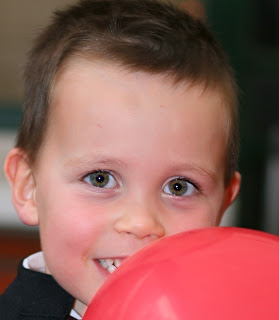
This is one of my post-processings that I'm happiest with. I was in Krakow in Poland (beautiful place, BTW) where I found this entrance. I really liked the old-fashioned door and decor and took a few pics, but when I reviewed them, they were quite flat. It was nice enough, but nothing to write home about.
I thought it would work better in a Sepia mode, as it would give off the aged atmosphere I was looking for in the shot but even then, if wasn't really anything special. So I added a couple of texture to add some random grain and marks.

This is what it looked like with two different colored textures applied. One is in overlay mode, the other in linear burn (trial and error is a must to see how a textures works best with a photo)
I then converted it into a sepia shot and adjusted the lighting and contrast and this is the end result. I used a layer mask for the door and the number sign when applying the final layers as it was way too dark, in order to bring them a bit in the foreground.

And from a rather flat cafe door , a somewhat Gothic and atmospheric entrance emerged.










